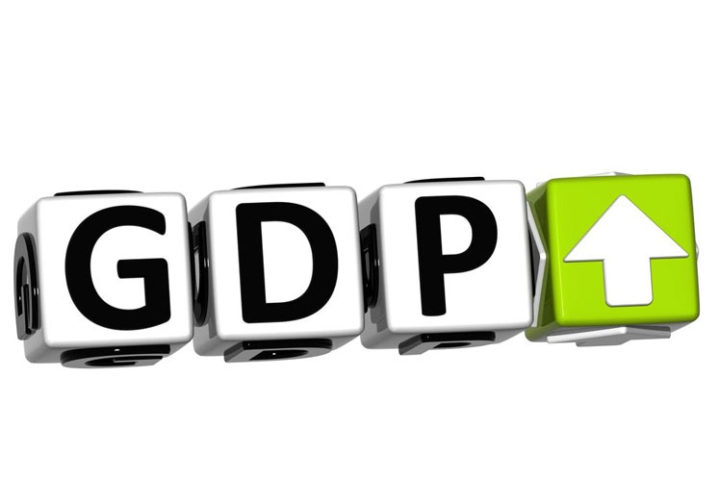La Paz, Sep 25 (Prensa Latina) At the end of last July the balance of the Bolivian public debt medium- and long-term reached six thousand 811 million dollars, which represents only 19 percent of its Gross Domestic Product (GDP ).
This percentage is below the limits set by international bodies such as the Andean Community of Nations (CAN) that set to 50 percent, reported today the digital portal of the Ministry of Economy and Public Finance.
From the point of view of those entity’s experts, Bolivian debt is at an appropriate level of sustainability, unlike what this government inherited in 2005 where debt reached 52 percent of GDP.
Nominal Gross Domestic Product is the value of goods and services produced within a country in a given year. In Bolivia Nominal GDP rose from nine thousand 574 million dollars in 2005 to 33 000 238 million in 2015 to grow more than three times.
In the last 10 years, the external public debt has followed a sustainable path, thanks to the implementation of the Community Social Productive Economic Model, the precise entity.
This model oriented towards the new external financing investment projects and productive infrastructure, in order to obtain a positive economic and social returns, and stimulate economic growth.
By this policy, add experts, new disbursements received to July 2016 were allocated to different projects such as the construction of the road from Rurrenabaque to Riberalta and Villa Granados-Bridge Taperas-Palisade, of great national interest road.
They were also funded reform programs sectors of water, sanitation and water resources, Bolivia Water and Irrigation, irrigation watershed approach II, San Jose hydroelectric project and hydroelectric renewable energy project Misicuni, among others.






